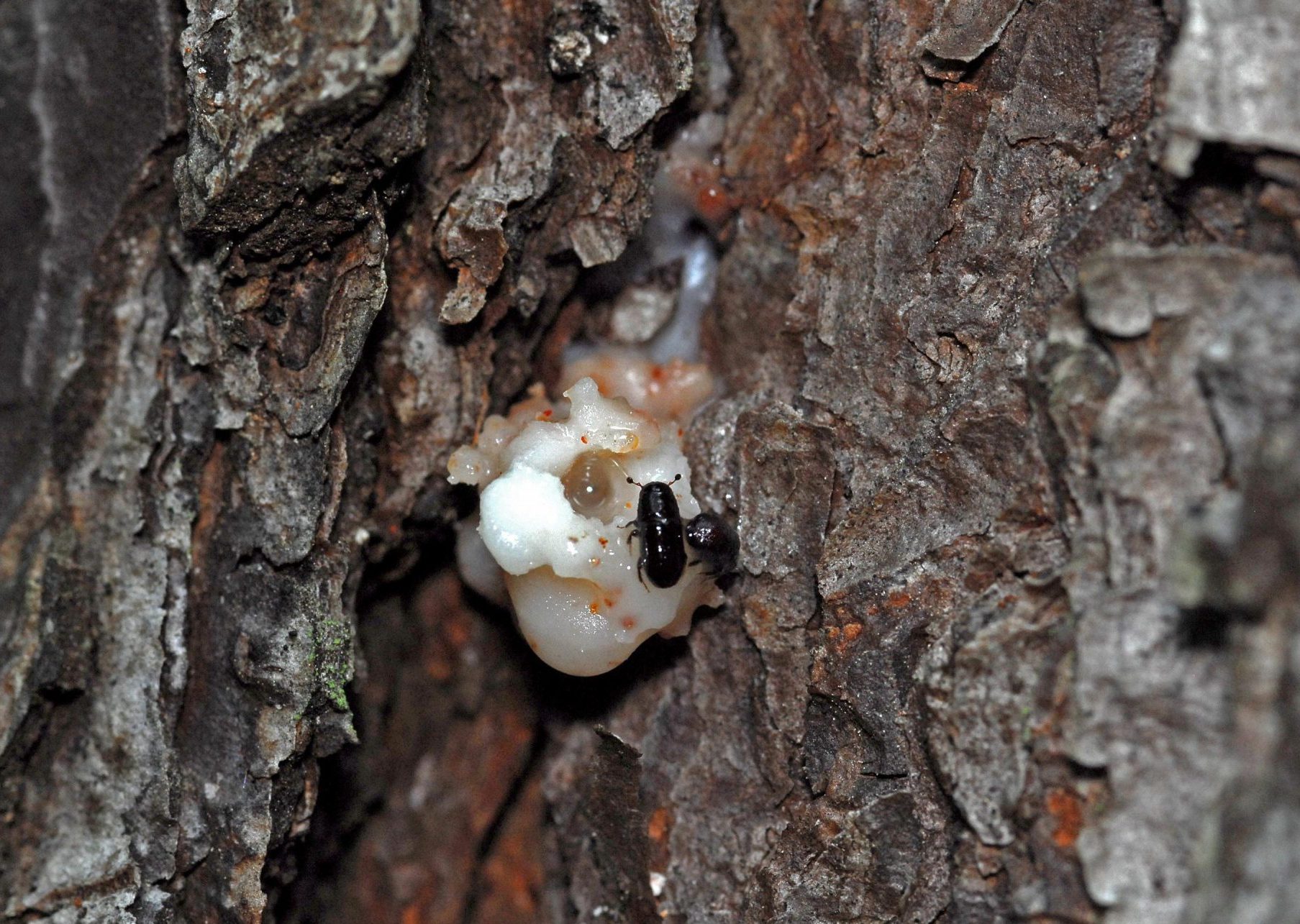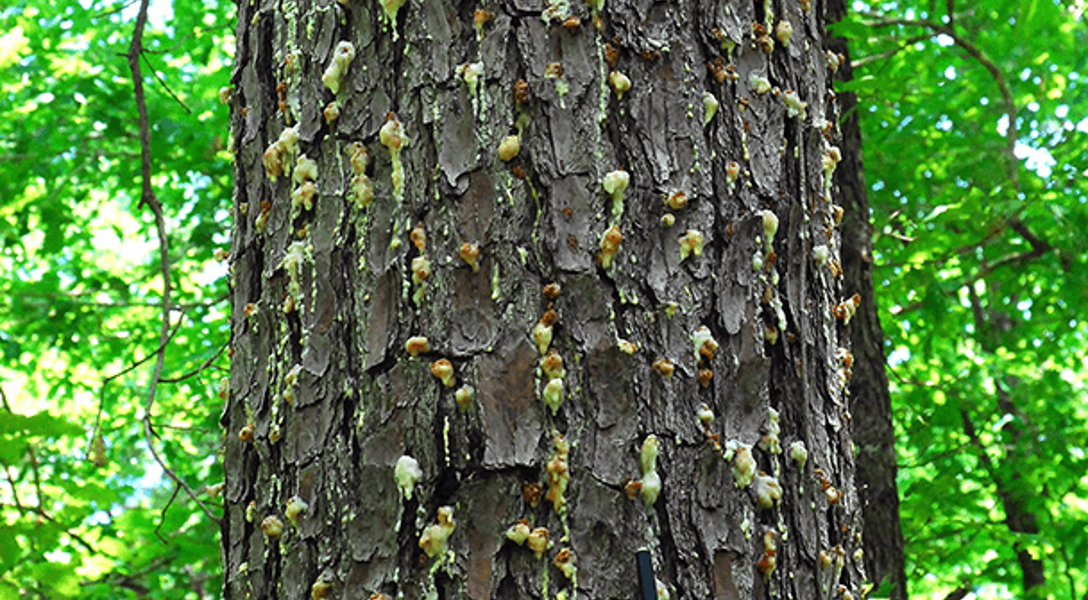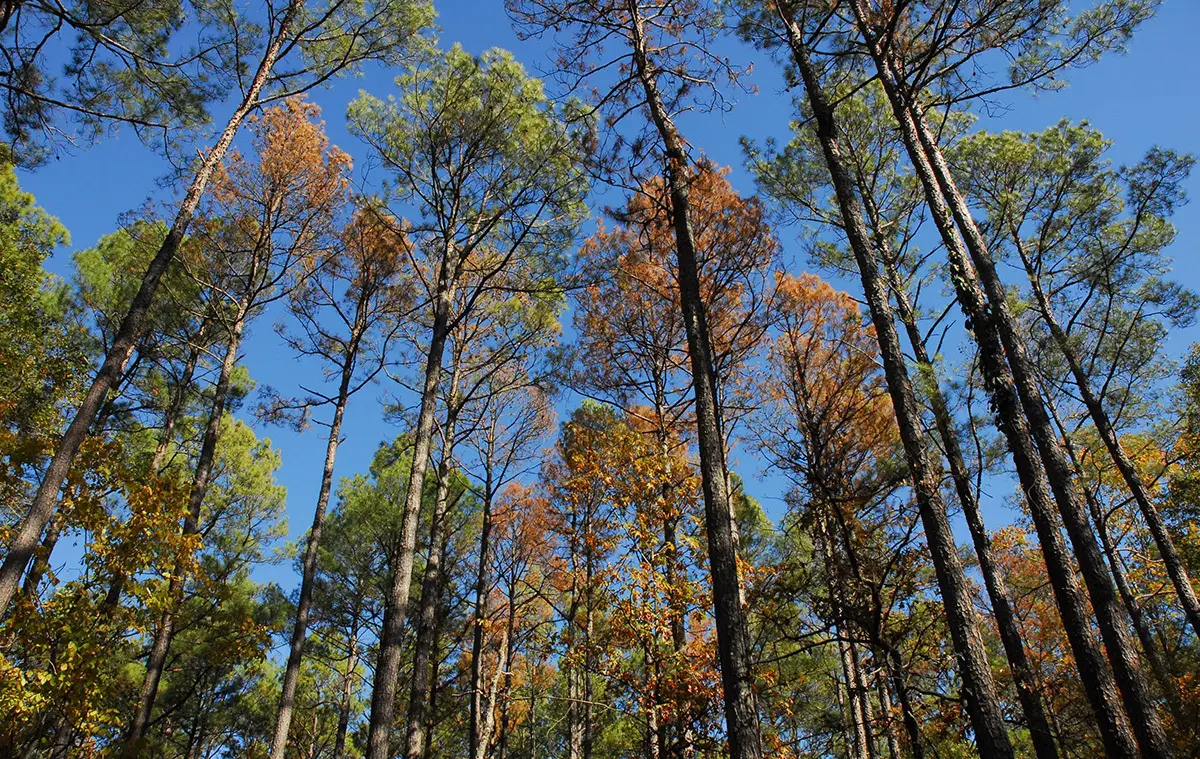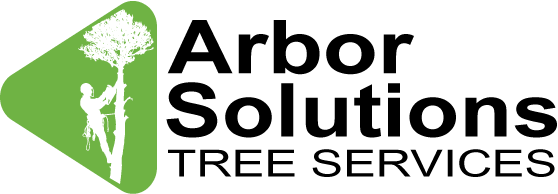Southern Pine Beetle
The Southern Pine Beetle (SPB), endemic to the southeastern United States, including Georgia, poses a significant threat to pine forests and landscapes in the region. With its ability to rapidly infest and kill healthy pine trees, the SPB can cause widespread devastation, impacting both ecological and economic aspects of Georgia’s forestry industry. Recognized as one of the most destructive forest pests in the Southeast, the SPB’s outbreaks can result in the loss of millions of pine trees, leading to habitat degradation, reduced timber supply, and increased fire risk. Understanding the biology, behavior, and management of the Southern Pine Beetle is crucial for effectively mitigating its impacts and preserving the health and vitality of Georgia’s pine ecosystems.
Landscape Damage: Southern Pine Beetle infestations can result in the death of pine trees in clients' yards, leading to landscape degradation and reduced property value.
Safety Hazards: Dead and dying pine trees pose safety hazards to homeowners and their properties, increasing the risk of falling branches or tree collapse during storms or high winds.
Aesthetic Decline: Infested pine trees detract from the beauty and visual appeal of clients' landscapes, diminishing the overall aesthetics and enjoyment of outdoor spaces.
Property Damage: Southern Pine Beetle infestations can cause property damage, including structural damage to buildings, fences, and other structures, as well as damage to vehicles and landscaping features.
Health Risks: Dead and dying pine trees may attract pests and pathogens, posing health risks to homeowners and their families, as well as neighboring properties.
Decline in Tree Health: Infested pine trees experience rapid decline in health and vitality, compromising their ability to provide shade, privacy, and other benefits to clients' yards.
Spread Mechanisms: The Southern Pine Beetle spreads through various mechanisms, including the flight of adult beetles to new host trees, wind dispersal of beetle-infested materials such as pine bark, and human-assisted transport of infested wood products or equipment. These mechanisms facilitate the rapid spread of infestations within and between pine forests, including those in clients' yards, increasing the risk of tree mortality and landscape damage.

SPB Spreads Rapidly from tree to tree
Dead or Diseased Trees: Neglected or improperly cared for trees, such as those affected by disease or pest infestations, provide ideal breeding grounds for Southern Pine Beetles (SPB), contributing to their population growth and spread.
Weak or Stressed Trees: Trees weakened by factors such as drought, poor soil conditions, or mechanical damage are more susceptible to SPB infestations, as they are less capable of defending against beetle attacks.
Overcrowded Stands: Overcrowded pine stands with dense tree canopies are more prone to SPB infestations, as beetles are attracted to stressed or weakened trees within these environments.
Lack of Monitoring: Failure to regularly inspect trees for signs of SPB infestations, such as pitch tubes, sawdust-like frass, or yellowing foliage, can result in undetected outbreaks and rapid spread within landscapes.
Inadequate Pruning: Trees with dense canopies or excessive foliage are at greater risk of SPB infestations, as these conditions create favorable microclimates for beetle colonization and reproduction.

What are the signs of SPB
Pitch Tubes: Look for small, popcorn-like masses of resin on the trunk of pine trees, indicating where Southern Pine Beetles (SPB) have entered the bark to lay eggs.
Yellowing Foliage: Observe for yellowing or browning foliage, starting at the top of the tree and progressing downwards, which may indicate SPB infestation and tree decline.
Wilting or Dead Branches: Note any wilting or dead branches within the canopy, as well as thinning foliage, which can be signs of SPB damage and tree mortality.
Oozing Resin: Check for oozing resin or sap from entry holes made by SPB, as well as bleeding sap on the bark or branches, which can be a response to beetle activity.
Woodpecker Activity: Look for signs of woodpecker activity, such as holes or pecking marks on the bark, which may indicate the presence of SPB larvae beneath the surface.



